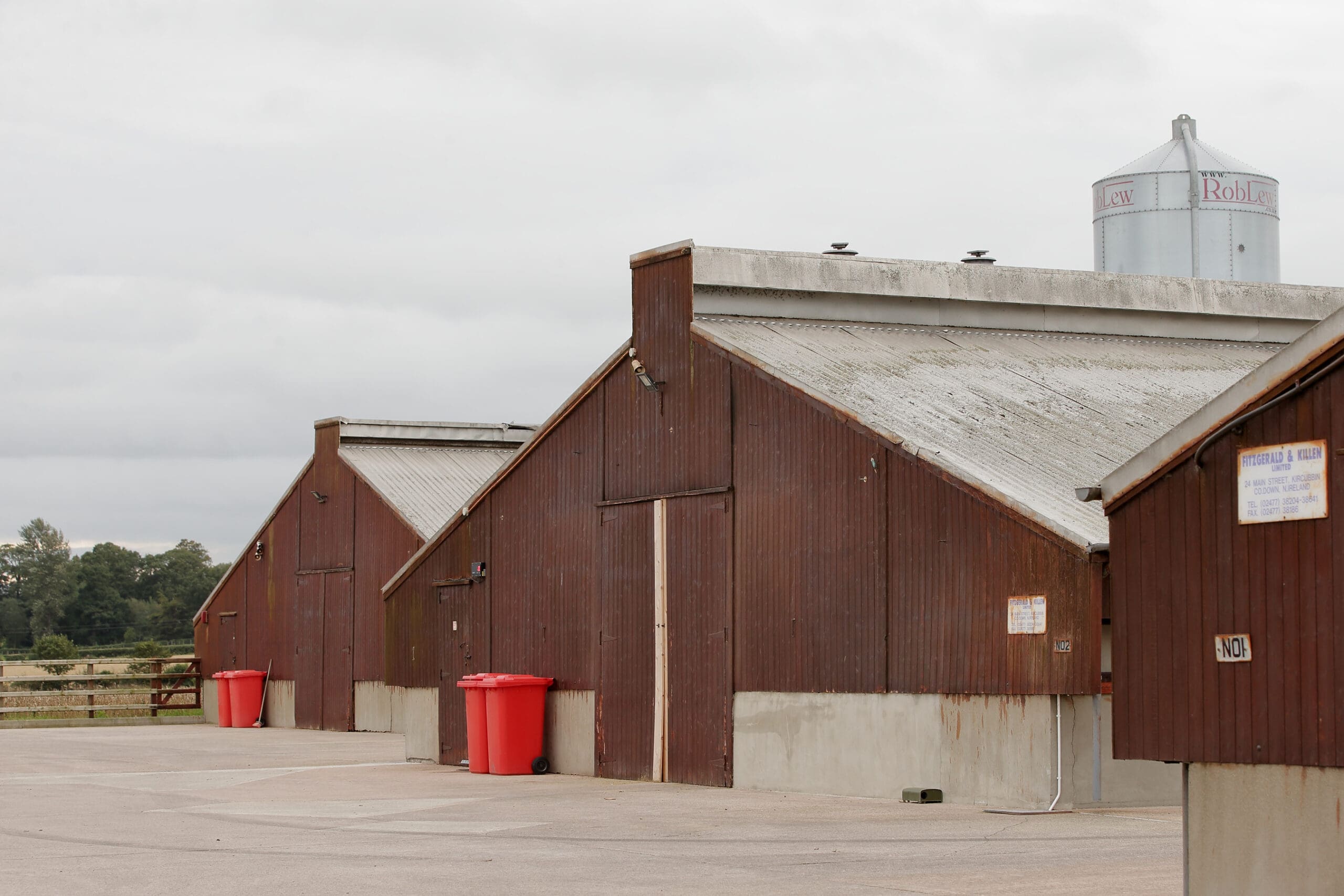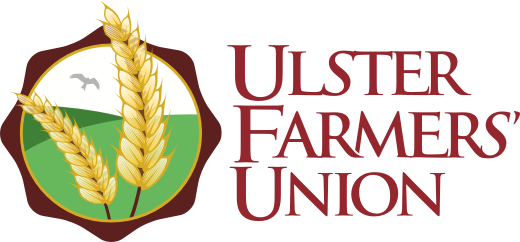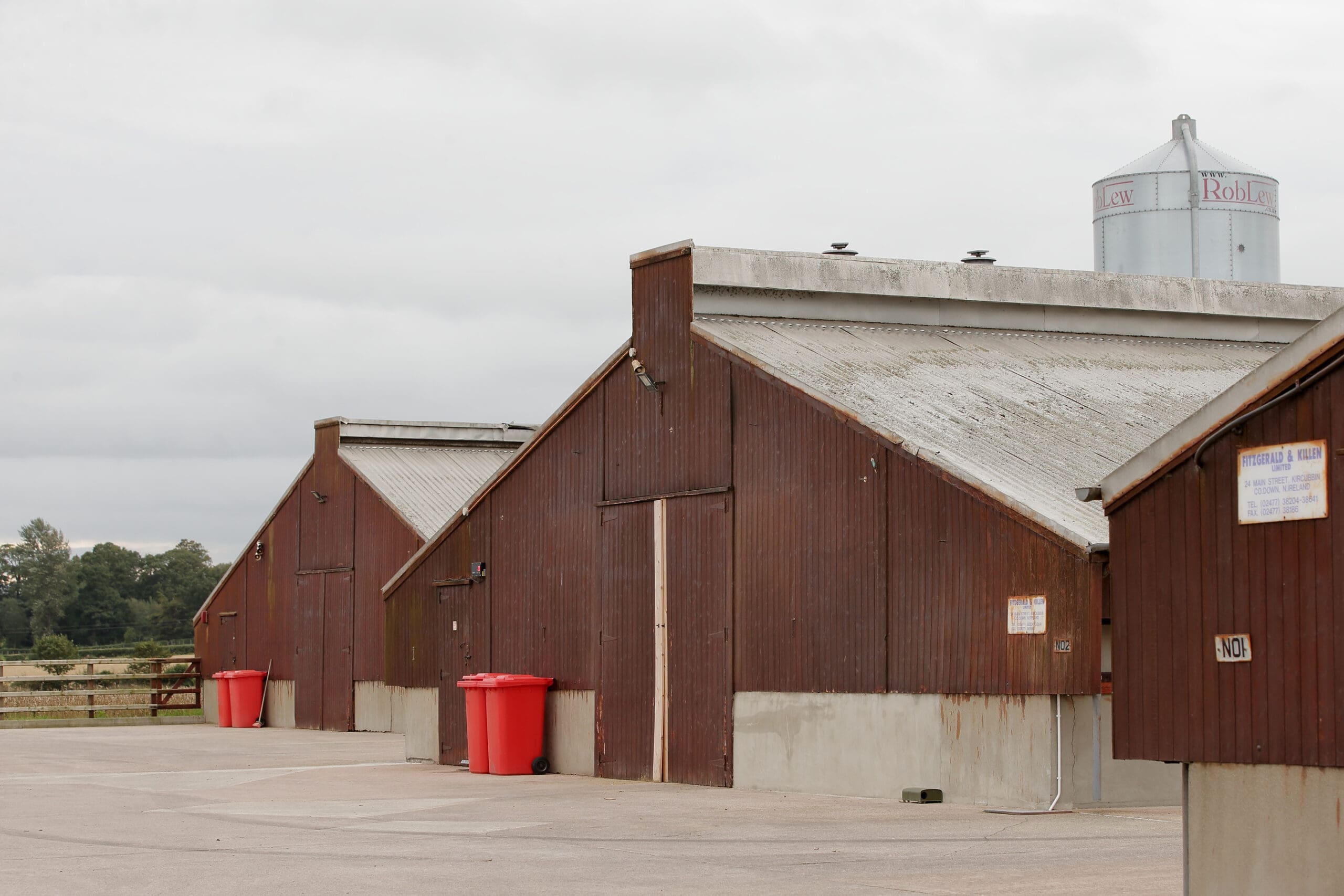
Picture: Cliff Donaldson
As the UK poultry industry braces for another challenging avian influenza (AI) season, experts warn this could be one of the worst yet. But how does this looming threat compare with previous years and what makes the current risk profile so distinct?
Unprecedented scale since 2021/22
The most dramatic shift in recent avian flu history began with the outbreak that started in October 2021. That season – spanning 2021/22 through into 2022/23 – went down as the largest avian influenza epizootic the UK has ever faced, with 158 confirmed commercial or backyard HPAI H5N1 cases between 2021 and 2022, and an additional 207 cases by the end of the 2023 season. Alongside this, high level of wild bird positives was also confirmed, creating a vast mortality rate within the industry. According to the WOAH / DEFRA assessments, around 8 million birds died or were culled over the 2021–2023 seasons, posing a major strain on veterinary resources and bird-keeping operations.
Each new avian influenza season starts on the 1st October. Since the 1st October 2025, NI has already seen 3 confirmed commercial cases of AI, matching the 2024/2025 season, and the UK altogether is reporting 48 confirmed cases (as of 20th November 2025), over half the confirmed cases of the previous year.
What makes this season different
Industry voices warn that 2025/26 could be a watershed year. At the start of the month, I attended the 58th Egg and Poultry Industry Conference (EPIC) held in Newport, Wales – an annual highlight within the Poultry calendar. Though there were many inspiring speakers presenting their work on various topics under the theme ‘Poultry 2025 – Strategies for Success’, avian influenza was an underlying area of discussion across the two days.
A key speaker at the conference was Professor Ian Brown, an avian virologist from the Pirbright Institute, who gave a fascinating address on the past, present and future of avian influenza within the UK. A key point mentioned within his talk, however, was that the current strain of avian influenza which we have been facing, is ‘the most virulent and dangerous highly pathogenic virus we have ever encountered’, and that ‘one teaspoon of infected poultry faeces would be enough to kill one million turkeys’.
This summer also saw record-breaking numbers of outbreaks being confirmed out of season. The virus ‘over-summered’ in wild birds, and commercial cases of the disease continued to be detected throughout May – September, something which is very rarely seen. This summer persistence is a red flag: it suggests a stronger ‘reservoir’ of infection in wild birds, which may be feeding into more severe outbreaks during the current migratory or winter wave.
Backyard flocks and wild birds
In addition to the commercial poultry sector, backyard flocks are also at significant risk. These smaller-scale operations are often less equipped to increase biosecurity measures, making them vulnerable to the spread of the virus. Infected wild birds, which often migrate across vast distances, can introduce the virus into backyard setups. For poultry owners with outdoor birds, even seemingly minor contact with wild birds or contaminated environments can lead to outbreaks. DAERA has urged smallholders to remain vigilant and adopt similar protective measures as commercial farms, such as limiting movement and preventing contact with wild birds.
But the situation is even more dire for wild bird populations, where the virus has caused catastrophic mortality rates. These wild birds act as a critical reservoir for the virus, further complicating efforts to eradicate H5N1. As migratory birds continue to move between continents, they carry the virus from one region to another, raising the risk of seasonal outbreaks in poultry. The ongoing spread among wildlife highlights the broader environmental and ecological impact, as well as the difficulty of containing the virus once it enters wild bird populations.
A positive outlook
Although we are currently at the beginning of a challenging 2025/2026 season, it is important to also look at how the industry is adapting to these challenges and looking to the future. At the EPIC conference, and also the NI Poultry Industry Conference at CAFRE Loughry, it was refreshing to hear positive discussions around the potential for vaccination in the UK. Many in the poultry industry expressed interest in the vaccine and were encouraged that the future use of the vaccine could drive down infection during future outbreaks. Vaccination is currently still in a trial phase within Europe and is not yet available for commercial use.
From speaking to producers, biosecurity continues to be kept to a high standard, and farmers are keen to promote their resilience to wider audiences. The poultry industry is a welcoming, innovative and positive industry and together we need to continue to navigate the challenges ahead.



